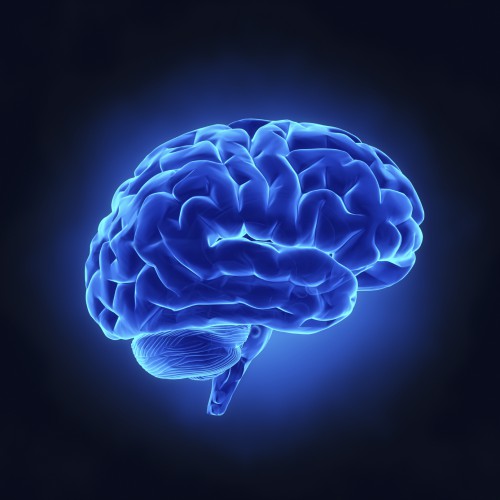A Quantitative Electroencephalogram (qEEG), also known as a Brainmap is a diagnostic technique that provides specific digital assessment of your EEG signal and can determine the most efficient neuro training protocol. A qEEG provides a wealth of information; it can reduce the number of neurofeedback sessions, increase the effectiveness of treatment, and provide an understanding of brain functioning and the relationship to symptoms.
This non-invasive assessment involves placing a mesh cap with 19 sensors on the head, much like wearing a shower cap. The EEG is recorded from these sensors, digitized by an amplifier, processed by sophisticated software and then analyzed. This in-depth analysis involves comparison to a normative database, use of discriminate functions, and deviations in power, phase, asymmetry and coherence relationships. This analysis allows functioning of complex neural pathways to be explored and areas that demonstrate deficient characteristics can be targeted for training.
This approach to “brain mapping” is in many ways superior to other methods of neural imaging. Most other forms of imaging require several minutes to assess functional changes, whereas the EEG has a very fast response time, measured in milliseconds! This faster time constant allows the EEG to visualize real-time activity, to assess response characteristics, which occur in less than a tenth of a second, as those responses progress through different areas of the brain and to identify communication characteristics that are invisible to other imaging techniques. Finally, brain mapping using quantitative EEG can be used to guide neuro-training to facilitate the optimum intervention for an individual client.
Quantitative EEG assessment services are available for individuals and include the EEG recording, database comparison and if desired, a comprehensive written report. Databases utilized include NeuroGuide developed by Applied Neuroscience Incorporated, HBI developed by the Human Brain Institute in St. Petersburg Russia and LORETA developed by the key Institute in Zürich Switzerland.

